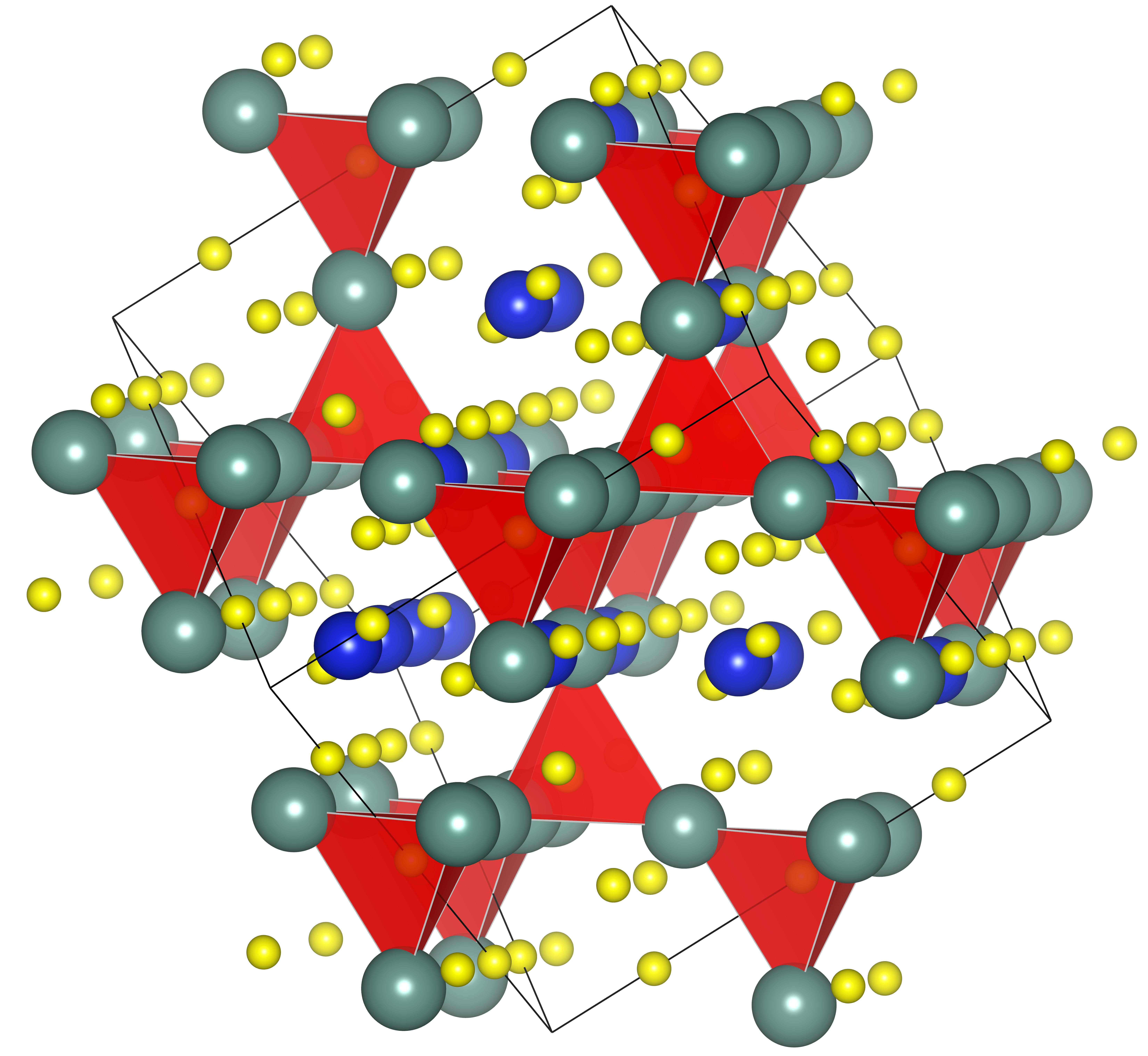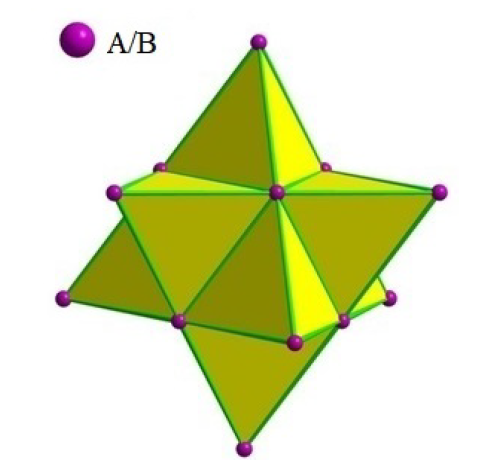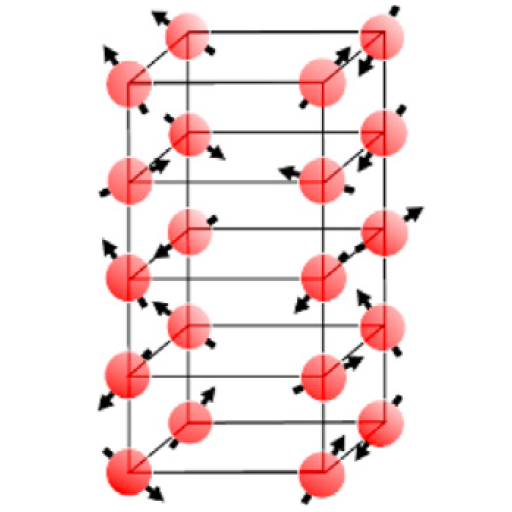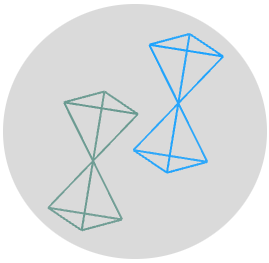LESBT. Low Temperature and Solid State Laboratory.
Our research group main interest is the experimental study of strongly correlated electron systems including frustrated magnetic materials, molecular magnetism and magnetoelectric systems. The Low Temperature and Solid State Laboratory of Physics Institute of the University of São Paulo (IF-USP) is unique in Brazil with facilities for high magnetic fields, up to 20 T, combined with low and very low temperatures down to 0.01 K.

Geometrically frustrated magnets. Emergent states of matter.
Geometrically frustrated magnetic systems consist of complex crystalline arrangements in which magnetic atoms or ions are positioned in a way that prevents their magnetic interactions from reaching a state of low-energy order. These materials can exhibit complex magnetic behaviors, such as partial order, spin liquid states, chiral disorder, and other intriguing phenomena. Learn more about this research field by exploring our articles here and the theses developed by our graduate students here.

Low dimensional systems. Tomonaga-Luttinger-liquid.
In this reasearch field, we explore the intriguing magnetic behavior of low dimensional materials. Our work delves into the interplay between dimensionality, temperature, and external magnetic fields. This recent article on DTN, a spin-1 system, unveils a quasi-1D Tomonaga-Luttinger-liquid (TLL) regime that emerges just above the Bose-Einstein condensation (BEC) phase. Our research merges experimental techniques, including AC magnetic susceptibility and specific heat measurements, with cutting-edge theoretical approaches, such as Quantum Monte Carlo (QMC) simulations. Our findings shed light on the complex interplay between 1D and 3D behaviors, short-range correlations, and the impact of inter-chain interactions within this magnetic system.


